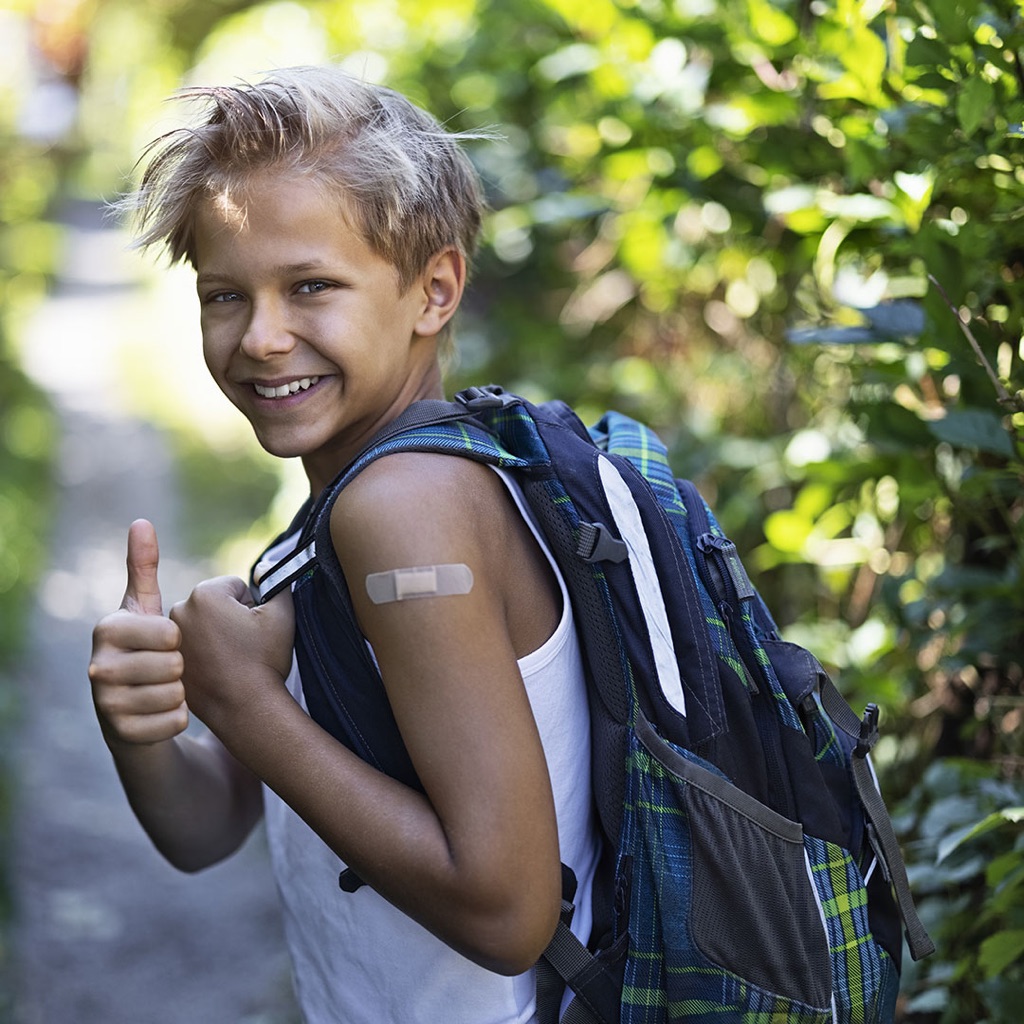HPV (Human Papillomavirus); https://www.cdc.gov/vaccines/hcp/vis/vis-statements/hpv.html
A Parent’s Guide to Preteen and Teen HPV Vaccination

HPV Vaccine is Safe - Gardasil
What are HPV Vaccines?
HPV vaccines protect against certain cancers caused by human papillomavirus (HPV) infection. HPV infection can cause cervical, vaginal, and vulvar cancers in women and penile cancer in men. HPV can also cause anal cancer, throat (oropharyngeal) cancer, and genital warts in both. men and women. There are currently three HPV vaccines available for use in the United States. This fact sl1eet summarizes what we know about the safety of Gardasil, one of tl1e available HPV vaccines.
How Do I Know HPV Vaccine is Safe?
As with all approved vaccines, CDC and the Food and Drug Ad:tninistration (FDA) closely monitor the safety of HPV vacciFle to identify adverse events and side effects. Pre licensure clinical trials and data collected after the vaccine was made available show that it is very safe.
- Adverse event: a health problem that happens after vaccination that may or may not be caused by a vaccine.
- Side effect: a health problem that has been shown to be linked to a vaccine by scientific studies.
What Are the Side Effects?
HPV vaccine is very safci, and it is effective at protecting against some HPV types that cause cancer. VacciI1es, like any medicine, can have side effects. Many people who get HPV vaccme have no side effects at all. Some people report having very mild side effects, like a sore arm from the sl1ot. Tl1e most common side effects are usually mild.
Common Side Effects of HPV Vaccines
- Pain, redness, or swelling in the arm where the shot was given.
- Fever
- Dizziness or fainting (fainting after any vaccine, including HPV vaccine, is more common among adolescents than others)
- Nausea
- Headache or feeling tired
- Muscle or joint pain
Understanding HPVVaccine Safety Studies and Monitoring
It is important to understand the following when reading about HPV vaccine safety studies: .
Anyone cao reportside effects and adverse events. CDC and FDA maintain a vaccine safety monitoring system called the Vaccine Adverse Event Reporting System (VAERS). VAERS accepts reports from anyone, including doctors, patients, and parents. While VAERS provides useful information on vaccine safety, the data have limitations. It is generally not possible to use VAERS to determine whether a vaccine caused an adverse event.
HPV vaccine has many of the same, mild side effects as other vacc•mes.
Common, mild side effects reported during HPV vaccine safety studies include
pain in the arm where the shot was given, fever, dizziI1ess and nausea.
These are similar to side effects seen with other vaccines.
Some preteens and teens might faint after getting the HPV vaccine orany
shot. People should sit or lie down for about 15 minutes after getting a
shot. This can help prevent fainting.
What Do the Studies Say?
Scientists at CDC and FDA conti11uously 1nonitor the safety of HPV vaccine. While monitoring activities help identify possible side effects and adverse events, they do not prove theside effects were caused b}' Gardasil.
- Monitoring by CDC and FDA in 2009 revealed n1ost side effects reported after receiving HPV vaccine were non-serious, including: fainting; dizziness; nausea; headache; and pain, swelling. or redness in the arm where the shot was given.
Formal studies l1ave also looked at whether or not specific adverse events can be linked t·ocardasil:
- A 2011 study found women and girls who received Gardasil were no more at risk of allergic reactio1ts, anapb.ylaxis (severe alleigic reaction), Guillain-Barre Sy11d.rome (GBS), stroke, blood clots, appendicitis, or seizures than those who were wtvaccinated or who received other vacci11es.
- A 2012 st11dy that looked at when adverse events occur found Gardasil may be associated with skin infections wl1ere the shot is give11 dt1ri,ng the two weeks after vacci11ation and fainbing on the day the sl1ot is received.
- A 2013 study tl1at included almost 1 million girls found Gardasil was not associated with blood clots or adverse events related to the autoimmune and brain systems.
- A 2014 study that included over 11riillion women found Gardasil was not associated with venous thromboembolism, also called VTE or blood clots.
Several stltdies have shown that there is no relationship bet,.,.,een Gardasil and autoimmW1e disorders:
- A 2012 study and a 2014 study both foU11d women and girls who received the Gardasil shot were not more likely to develop autoimmt1ne disorders than those vho were Hr1vaccinated.
- A 2015 st11dy found women and girls who received Gardasil were not more likely than tl1ose wl10 were unvaccinated to develop multiple sclerosis (MS) or other similar diseases.
Gardasil is not recommended during pregna11cy. However, some won1en may receive the Gardasil shot before realizing they are pregnant. There have been several studies that found pregnant women who received Gardasil did 11ot experience any problems:
- A 2015 st11dy fo1md no safety co11cerns for pregna11t women who reGeived Garda.sil, or for their babies.
- The Gardasil Pregnancy Registry, maintained by the manufacturer, received many reports of pregnant women who were vaccinated, and found no evidence that the vaccine affects fertility, pregnancy, or tl1e healtl1 of the baby.
